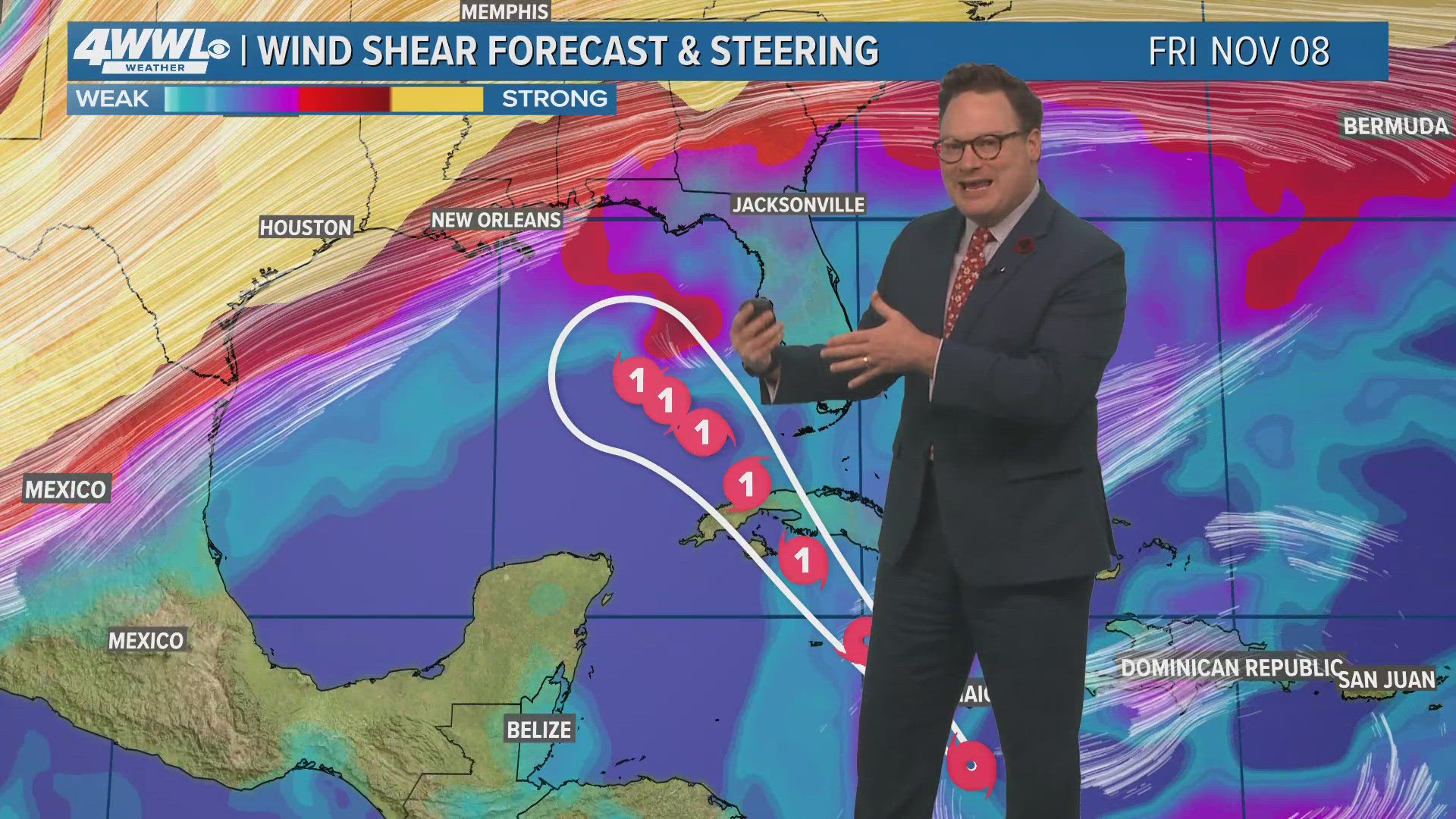NEW ORLEANS — Flowers are starting to bloom, and temperatures are starting to get warmer, it must be spring. Well not quite yet. Astronomical spring begins at 10:33 am on Sunday March 20 this year.
Our average high and low on March 20 is 72° and 55°.
But on that day will the length of day and night be equal? Quick answer, no.
A common misunderstanding that many have about the spring equinox (or vernal equinox) is that there is equal day and night on the day that spring begins. The term “equinox” comes from the Latin word for “equal” or “even” and nox, the Latin word for “night”. But we will get roughly get 12 hours and 8 minutes of daylight and 11 hours and 52 minutes of night on Sunday. It's close but not equal.
So, if we don’t get equal day and night on the spring equinox, when do we get it?
It happens a few days before the first day of spring. It’s known as the spring’s “equilux” and it happens to fall on today, March 16 this year.
The equilux is when day and night are of equal length. It’s always before the spring equinox and after the autumnal equinox.
So why does this happen? Light refraction is the main cause. When you look toward the horizon either a few minutes before sunrise or after sunset, you’ll notice that there is light in the sky when the sun isn’t visible. That light in the sky extends the daylight hours.
The sunrise today was at 7:10 a.m. and sunset is at 7:10 p.m.


► Get breaking news from your neighborhood delivered directly to you by downloading the new FREE WWL-TV News app now in the IOS App Store or Google Play.



